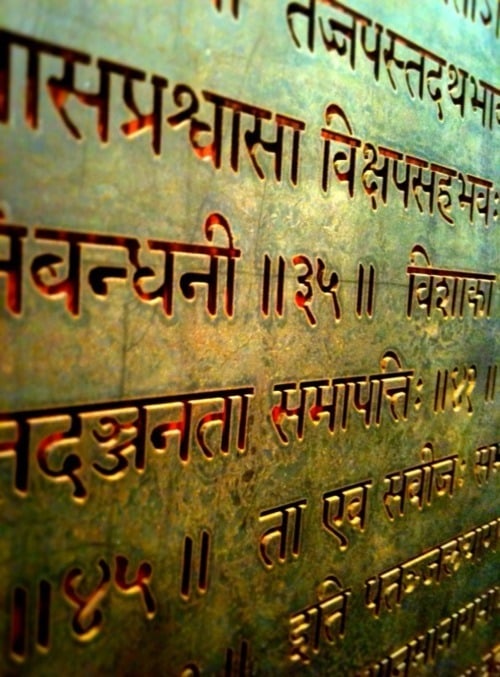“Uncertain knowledge giving rise to violence, whether done directly or indirectly, or condoned, is caused by greed, anger, or delusion in mild, moderate, or intense degree. It results in endless pain and ignorance. Through introspection comes the end of pain and ignorance.”
Patanjali, Yoga Sutras
Patanjali (most believe this personification of the yoga guru to be a compilation of ancient Hindu philosophers, rather than an individual)
This quote refers to acting according to uncertain knowledge and how it leads towards painful experiences. Just knowing a part of the story is not enough to act or truly understand a situation; this is why detachment from the situation is important. Then you can examine which variables that are unknown as decide what is likely, while detaching from the conclusion as well. Then no matter the situation or outcome, the yogi is peaceful, calm, and happy. I think that partial knowledge is perfectly useful, but action should be carefully examined before acting on a partial understanding.

